
Drugs that inhibit plant immune responses by blocking key signaling pathways could enable novel approaches to genome editing.

Drugs that inhibit plant immune responses by blocking key signaling pathways could enable novel approaches to genome editing.
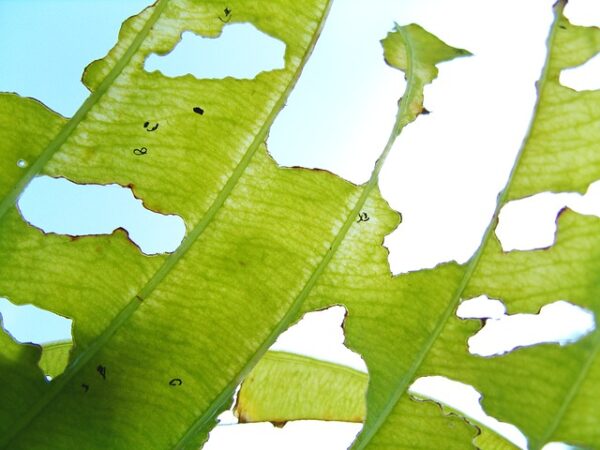
An international team of scientists has used neutron reflectometry techniques to understand how disease-causing pathogens damage the cell membranes of plants.
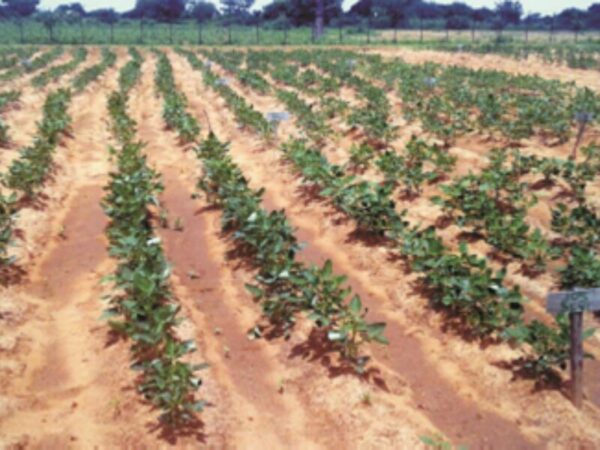
Cowpea is an important crop in many parts of the world, especially sub-Saharan Africa. It is resilient and can grow in areas with little rainfall and low-quality soils. But as hardy as it is, cowpea yields can decrease by drought and low levels of soil phosphorus.
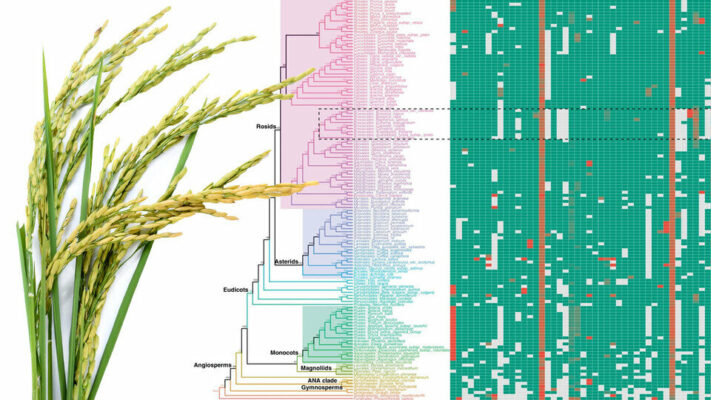
Researchers have overlooked especially minuscule gene fragments that are critical to the assembly of cellular machinery and could help better trace the evolutionary history of plants, says a new study.
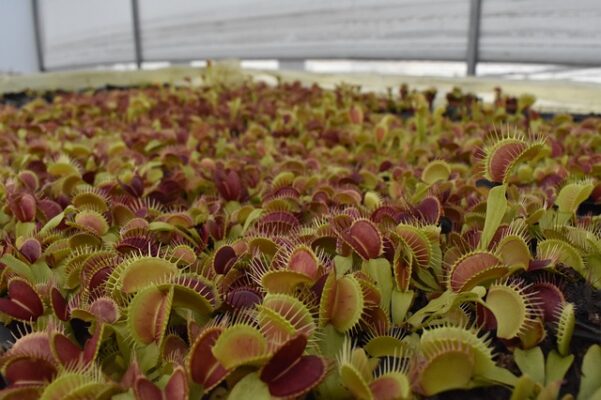
The carnivorous Venus flytrap can be anaesthetised with ether. Some surprising parallels to anaesthesia in humans emerge.
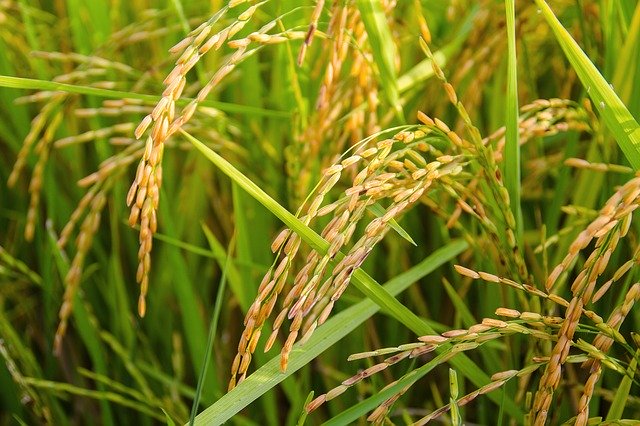
Researchers examine the formation of air channels in wetland plants, a protective trait that makes them resilient to environmental stresses.
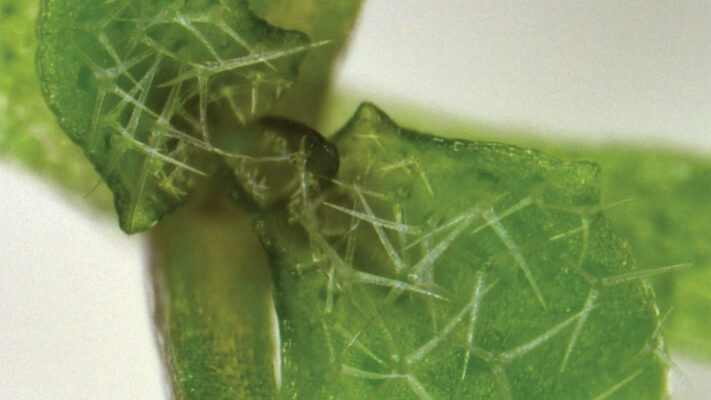
How does a developing plant shoot know how, where, and when to grow? Dividing cells need to pass messages from one another to coordinate growth. In plants, important messages are packaged into RNA, which are sent from cell to cell. By studying Arabidopsis thaliana, researchers found that RNA messages need a special protein to escort them where they need to go. Without this escort, cells cannot coordinate and the plant fails to develop properly.

What determines how a cell’s genome is regulated to ensure proper growth and development? Turns out, the parts of the genome that are turned on or off in each cell-type or tissue play a major role in this process. Now, a research team has shown that the CLASSY gene family regulates which parts of the genome are turned off in a tissue-specific manner. The CLASSYs essentially control where the genome is marked by DNA methylation—the addition of methyl chemical groups to the DNA that act like tags saying, “turn off.” Because DNA methylation exists across diverse organisms, including plants and animals, this research has broad implications for both agriculture and medicine.
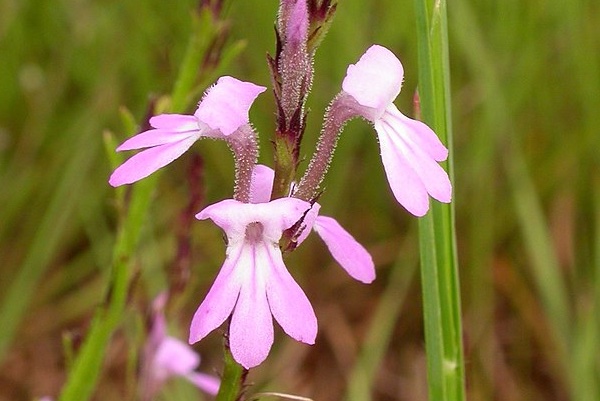
Enzymatic hydrolysis of planteose: α-Galactosidase is a promising molecular target for root parasitic weed control.
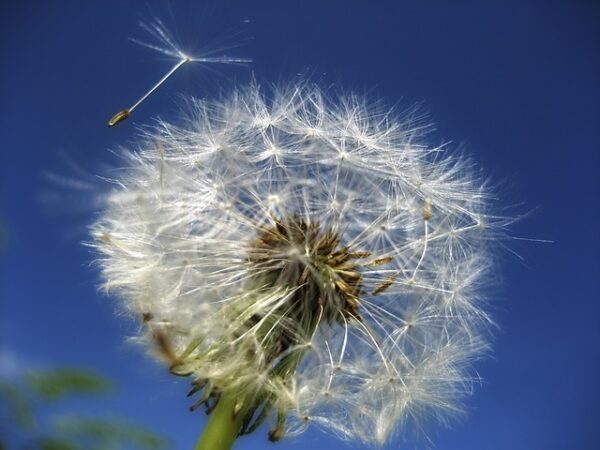
Researchers have discovered a gene that will make it possible to produce seeds from crops that are genetically identical to the mother plant and that do not need pollination.